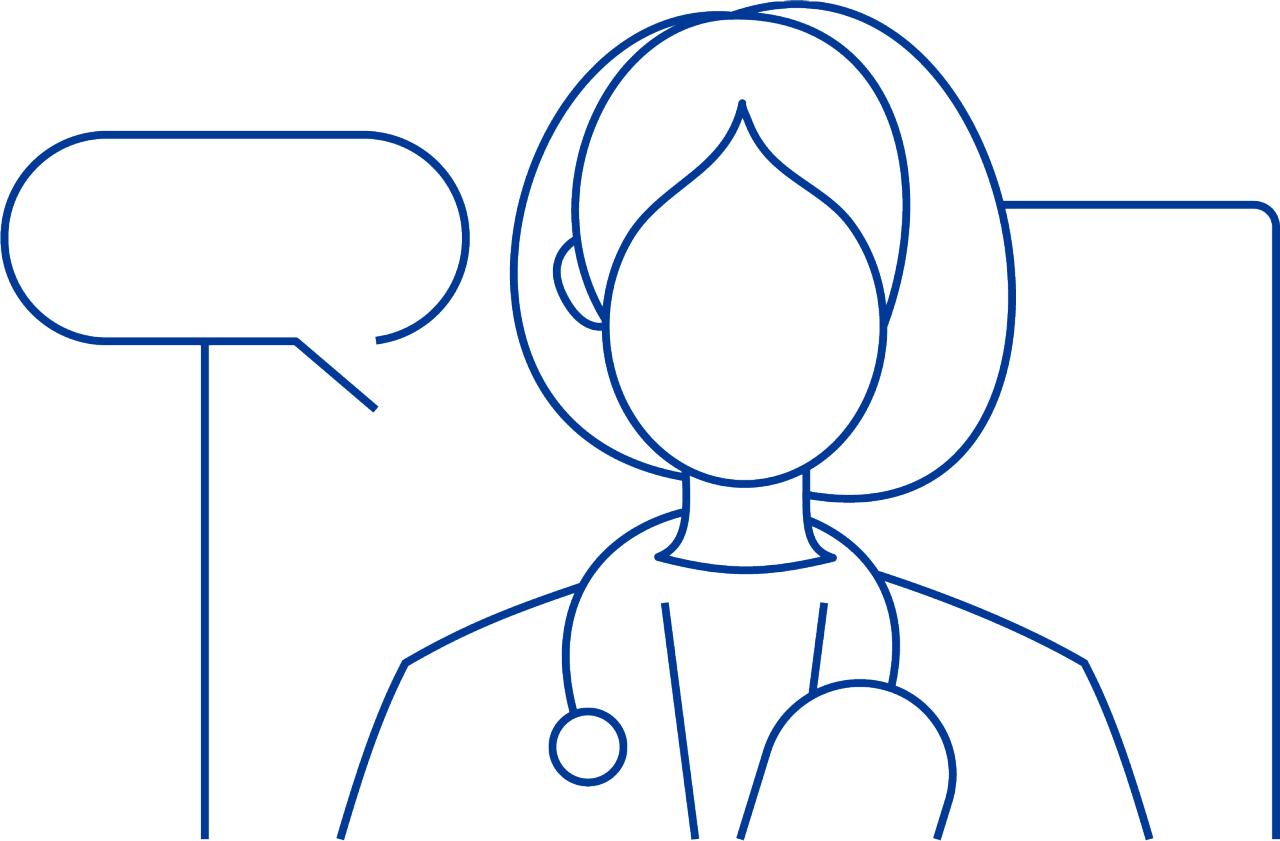After treatment, you'll usually need to make lifestyle changes to protect your heart and reduce your risk of another heart attack. Good habits include:
- Eating a healthy diet: Lowering your intake of salt, sugar, fat, alcohol, and caffeine can improve your heart health. Include lots of fresh fruits and vegetables and choose lean proteins. Maintaining a healthy weight is especially important after a heart attack to support long-term recovery and heart health.
- Getting enough exercise: Regular physical activity is crucial for cardiovascular health. Talk to your doctor about an exercise plan that fits your condition. After a heart attack, we often recommend a structured cardiac rehab program with supervised exercise, especially in the early stages of recovery.
- Reducing stress: Psychological stress can raise blood pressure and strain the heart. Learn to manage stress with techniques like meditation and breathing.
- Managing other conditions: Many conditions, such as high blood pressure and diabetes, affect your heart health. Keep other conditions under control to help your heart.
- Monitoring your heart: After a heart attack, you should pay extra attention to your heart health and risk factors. Schedule regular check-ups and talk to your doctor about risk factors and other heart-related issues you may have.
- Taking medications: You may need to take medications for your heart after a heart attack. For example, if your heart attack was caused by high cholesterol, taking statins can make you less likely to have another heart attack.

